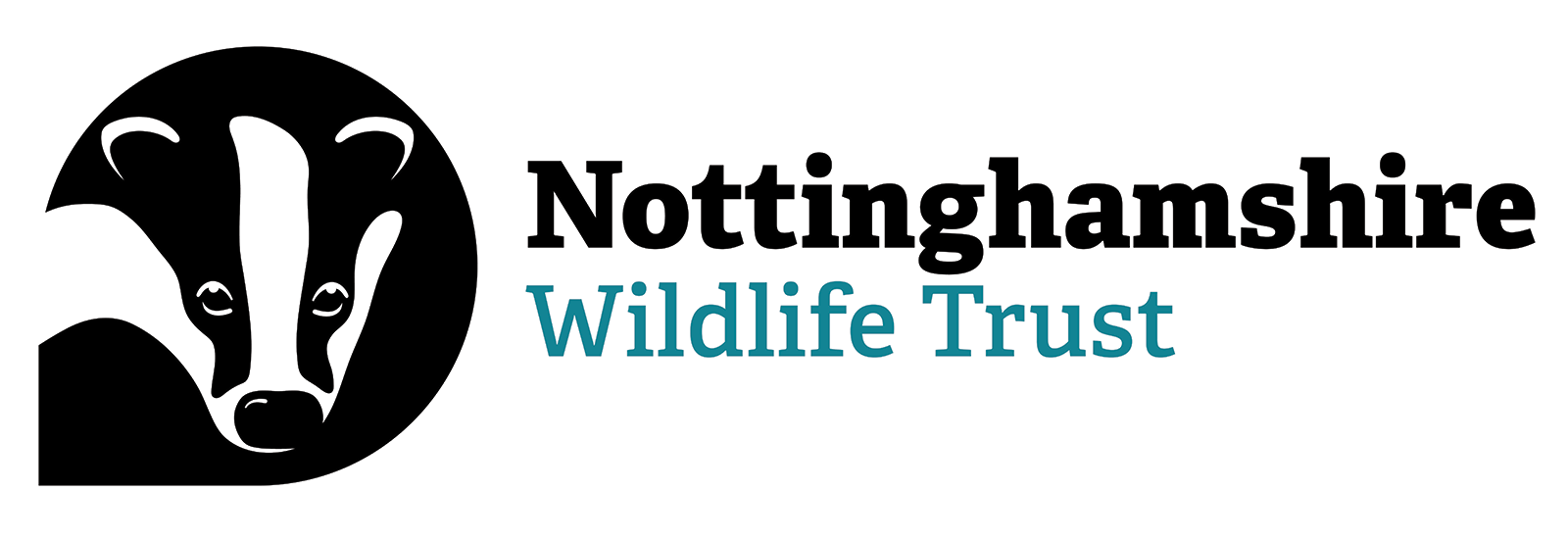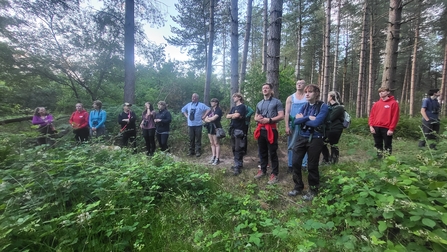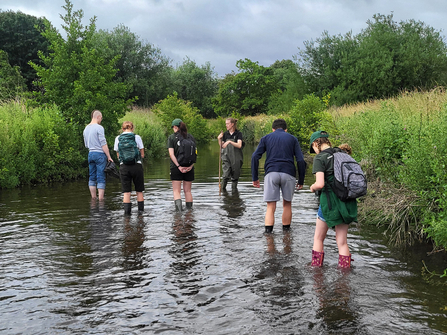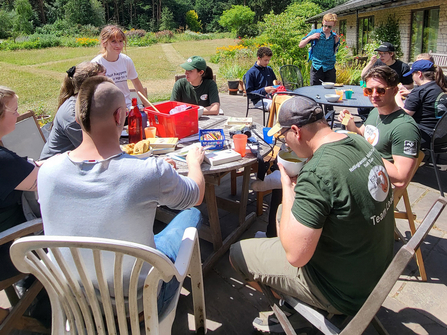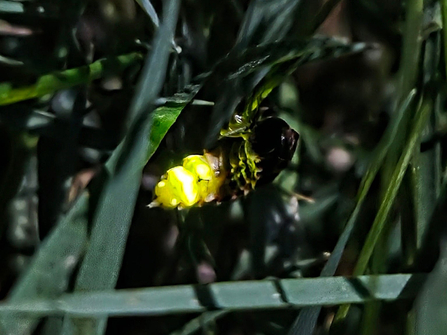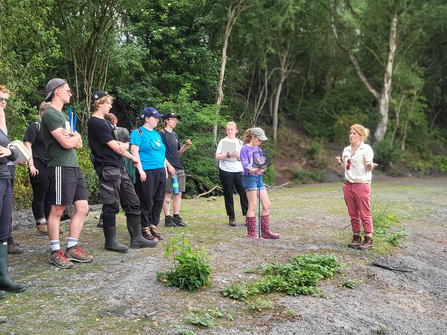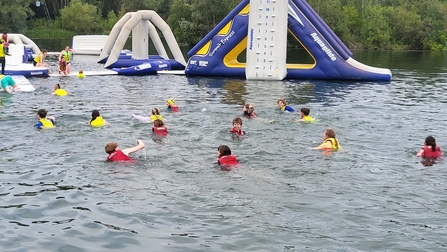Between the 27th and 29th of June, I embarked on yet another unforgettable Keeping it Wild residential – a weekend that, as always, delivered the perfect mix of adventure, learning, and exciting hands-on activities. This year, however, our residential was a little different! Usually, Laura and Jamie take us to an unfamiliar corner of the country, like Norfolk or Cumbria, but this year we stayed closer to home. Instead of discovering somewhere entirely new, we focused on rediscovering our local wild spaces – in this case, Nottinghamshire’s iconic Sherwood Forest, and surrounding areas. This year was less about distance, and more about deepening our connections; with nature, with each other, and with the landscape on our doorstep.
Friday 27th June – Into the Twilight
After setting up camp and fuelling up on a well-earned chippy tea, we headed out to Birklands in Sherwood Forest, to meet Andy and Ann, our expert guides and boffins for the evening (from the local Birklands Ringing Group). As the sun dropped, we got to experience the unique calm of twilight on the heathland, a time when the day softens into night. Our mission on site was to listen for the churr of Nightjars in their natural summer habitat. Despite some strong winds, we were incredibly lucky to not only hear their hypnotic calls but also catch glimpses of them darting out the bushes and swooping overhead.
